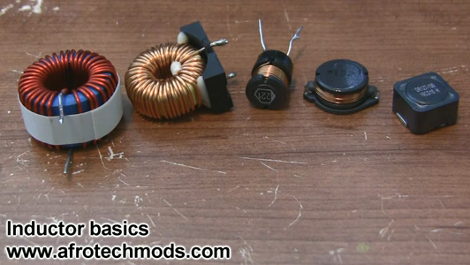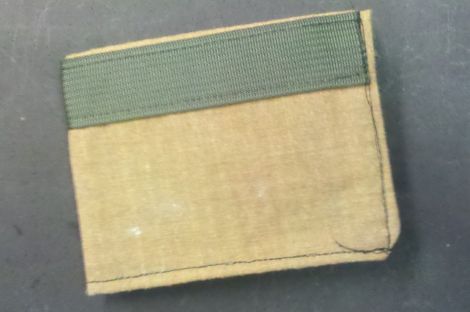
I had a lot of fun at Burning Man 2011, from the sculpture to the crazy art to the insane kinetic vehicles, the whole experience was something completely out of this world. With near 50,000 people out there in the Nevada desert it is impossible to see and experience everything the festival has to offer. I am positive there are several mind blowing sculptures or vehicles that I simply missed. That said, I have yet to hear a single conversation about Burning Man 2011 that does not at least mention [Duane Flatmo]’s El Pulpo Mechanico.
Continue reading “Burning Man 2011: Duane Flatmo’s El Pulpo Mecanico”
















